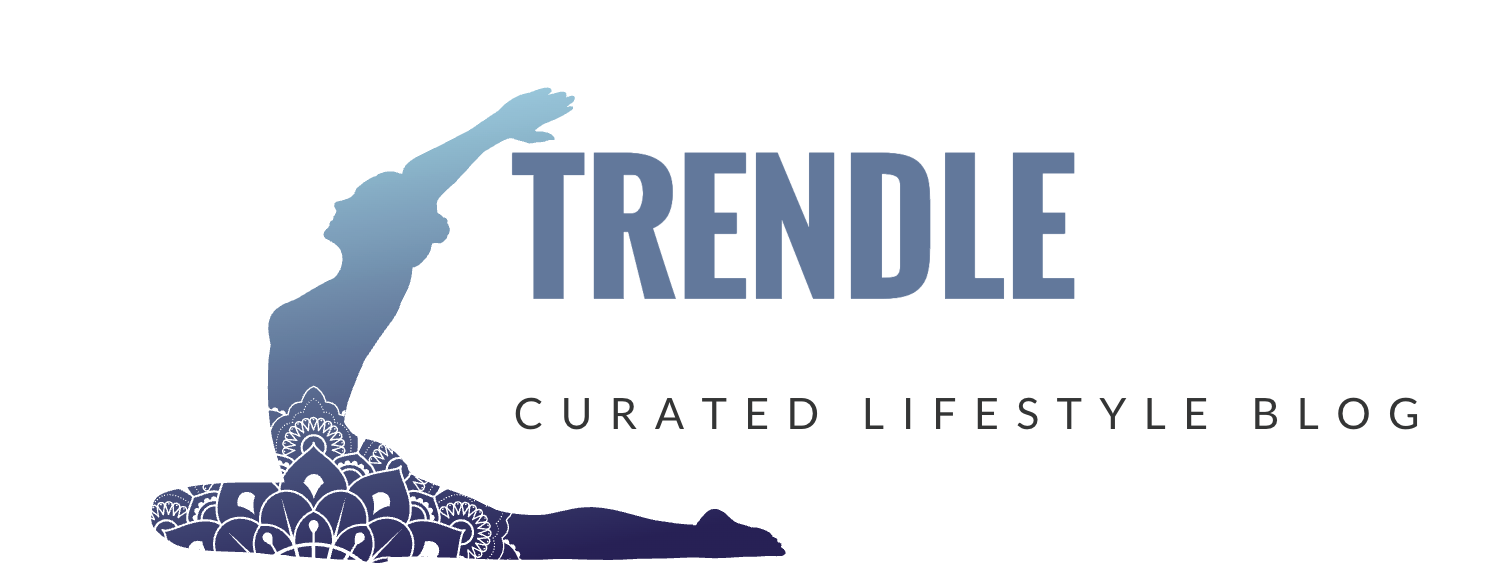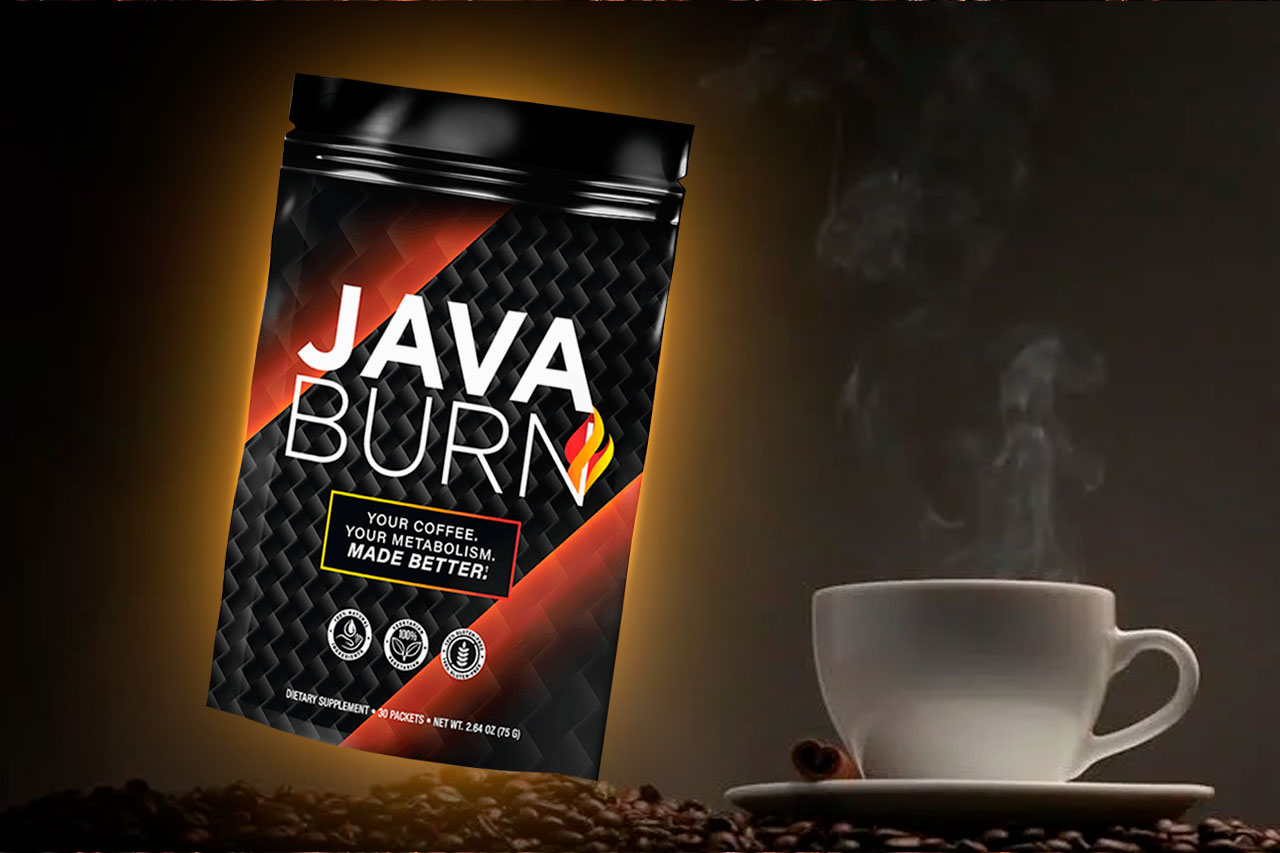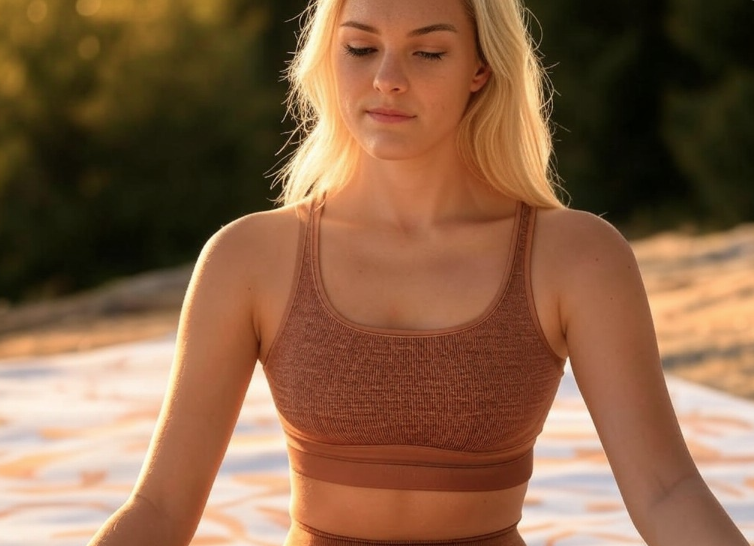WAIT! Let Us Guide You!!
Don't waste hours searching online.
Answer these simple questions and will direct you to the best resources.

Pregnancy and Postpartum TV offers a thoughtful, safe, and accessible prenatal session led by Jessica Pumple that focuses on pregnancy pilates ball exercises to support mobility, strength, and breathing through all trimesters. Full transparency here I just want you to know that I curated this content with the help of this amazing content creator’s video Pregnancy Pilates With Birth Ball For a Fit Pregnancy! please check out her channel for similar content.This article summarises and expands upon that birth ball routine, giving expecting mothers clear instructions, safety guidance, and gentle progressions. Readers will find step‑by‑step explanations, modifications, and practical tips for integrating pregnancy pilates ball exercises into a regular prenatal fitness plan.
Table of Contents
- Why choose pregnancy pilates ball exercises?
- What you need
- How to use breath and core cues
- Warm‑up: Mobilise hips and spine
- Seated and supine ball progressions
- Ball rollouts: core control without excessive pressure
- Standing ball work: squats, heel raises, and upper back engagement
- Squat and inner thigh work with the ball
- Side‑lying series: targeted hip and glute conditioning
- Breath and relaxation sequences: child’s pose, butterfly, and squat rests
- Final roll‑down and breath work
- Modifications and safety tips for pregnancy pilates ball exercises
- How pregnancy pilates ball exercises support labour preparation
- Suggested session structure for home practice
- Integrating these exercises into a pregnancy fitness plan
- Resources and further reading
- Common questions (FAQ)
- Quick troubleshooting and coaching cues
- Closing thoughts
Why choose pregnancy pilates ball exercises?
Using a birth ball, sometimes called a stability ball, during pregnancy pilates ball exercises provides dynamic support and a comfortable platform for movement. The ball helps increase pelvic mobility, offers gentle back support, promotes upright posture, and allows low‑impact strengthening and stretch work. For many pregnant people, a birth ball also creates that reassuring, rhythmic sensation that can help calm the nervous system and encourage optimal pelvic positioning.
Jessica Pumple emphasises that this series is “safe for all trimesters,” provided that an individual has clearance from their healthcare provider and pays attention to breath, comfort, and symptoms. The routine integrates breathing and pelvic floor awareness into each movement, which is crucial during pregnancy and for labour preparation.

What you need
- A stable birth ball (choose a size that allows your knees to be slightly lower than hips when seated).
- A comfortable mat or soft floor surface for floor‑based sections.
- A wall or a sturdy chair for optional stabilization during standing variations.
- Water and a towel; short breaks are encouraged as needed.
How to use breath and core cues
Throughout the routine the same breathing and pelvic cues repeat. Jessica invites participants to inhale into the ribs—especially the side and back ribs—and on the exhale to “pull your baby in.” This cue is not about forceful holding but a gentle wrapping of the deep pelvic and abdominal support to reduce excessive intra‑abdominal pressure and to create a steady, supportive core:
“You can almost think of every movement as a pregnancy core movement where on the exhale you’re wrapping your muscles around your baby.”
Use this breathing pattern across all pregnancy pilates ball exercises: inhale to expand the ribcage laterally and posteriorly, then exhale to find a soft, supportive engagement of the pelvic floor and transverse abdominis—short, gentle, and without breath‑holding.

Warm‑up: Mobilise hips and spine
A warm‑up primes the hips and the thoracic spine and helps the body prepare for safer movement. The sequence begins with big hip circles while seated on the ball, followed by side stretches where the ball is rolled to the side to “balloon out through your side body,” inviting space under the ribs for the baby.
- Hip circles: Sit tall, gently rock the pelvis and move the hips in wide circles. Reverse direction after several repetitions.
- Side reaches: Reach the right arm over, roll the ball slightly to the right, breathe into the side and back ribs, then exhale and return. Repeat on the left.
- Pelvic tilts: From sitting, tilt the pelvis anteriorly and posteriorly with the breath—think pelvis only, not a full cat/cow motion. This helps re‑establish pelvic neutral and improves awareness of pelvic position.
- Side‑to‑side and figure eight: Deliberately move the pelvis side to side, then trace a figure eight to mobilise the entire pelvic girdle.
These early pregnancy pilates ball exercises are low load but high in proprioceptive benefit—your nervous system gets updated information about where your pelvis and spine are in space.

Seated and supine ball progressions
After the warm‑up the session moves into slightly more challenging positions, still focusing on comfort and control.

GET INSTANT ACCESS!!
Download Our Yoga Power Poses Cheat Sheet Guide
Lose Weight, Reduce Stress, Increase Flexibility and Improve Your Life These Top and Liberating Yoga Poses!
Single knee lifts (seated)
From sitting on the ball, Jessica instructs an exhale and a single knee lift: “really exhale, pull your baby in, shrinking your belly as you lift one leg up.” This trains single‑leg balance, encourages pelvic stability, and promotes gentle hip flexor activation without strain.
Pelvic tilts (standing or seated)
Pelvic tilts are revisited with a focus on slow, controlled anterior and posterior movements. Again, each tilt is linked to the breath. Pregnant people should avoid aggressive arching of the low back and instead focus on a mid‑range, comfortable mobility.
Shoulder‑supported hip thrusts (supine with shoulders on the ball)
This is a cornerstone pregnancy pilates ball exercise in the routine. The ball supports the upper back while the pelvis moves through hip extension. Jessica explains:
“You can pull your baby in, roll down until your ball is supporting your upper back… we’re gonna lower our hips down, exhale, pull your baby in, and lifting your hips up.”
Key coaching points:
- Start with the ball placed at the end of your mat so you can roll back to it safely.
- Keep the movement controlled and avoid a big Valsalva (breath‑holding). Use the exhale to lift and the inhale to lower.
- Squeeze the glutes at the top of the lift; if earlier in pregnancy and comfortable, add a pelvic floor “lift” at the top for additional integration.
- Pulsing at the top for small glute squeezes is optional; the emphasis is quality over quantity.

Ball rollouts: core control without excessive pressure
Ball rollouts are included but with an important safety modification: only roll out as far as feels safe and does not cause breath‑holding or excessive bulging of the abdomen. Jessica intentionally repeats “not putting too much intra‑abdominal pressure” to remind participants to respect the changing biomechanics of pregnancy.
When performing knee‑based rollouts:
- Start on the knees and slowly roll the ball forward a short distance.
- Keep the pelvis stable and the breath connected: exhale to draw in, inhale to return.
- If any bulging, doming, or discomfort occurs, reduce range or skip the move.

Standing ball work: squats, heel raises, and upper back engagement
Standing variations add functional strength and are easy to scale. The ball can be positioned behind the low back against a wall to act as a support for squats (wall‑ball squats) or held in front for a different load and reach pattern.
#1
I’m a huge fan of Zoe Cotton’s Yoga Burn! I recently added the Trim Core program and the monthly workouts to my routine, and I’m loving them. The workouts really get me sweating, making me feel like I’m making the most of my time while burning plenty of calories.
What makes this program stand out is how each movement builds on the last, constantly adapting and increasing the challenge just as your body starts to get comfortable.
This keeps your body progressing and transforming, helping you achieve a strong, feminine physique that not only looks amazing but also feels fantastic!
Unlike many other fitness programs, Yoga Burn takes a "strategic, progressive approach" that’s designed to deliver real results. Each session is personalized to suit you, ensuring it’s both effective and enjoyable!
- Wall squats with the ball behind the back: Place the ball between lower back and wall, spread the toes, and lower to a comfortable depth. Use the exhale to rise, maintaining a gentle core wrap.
- Heel raises: Simple calf raises from a slightly staggered stance support ankle stability and circulation—important during pregnancy.
- Upper back “W” and shoulder flow: With hands pressing the back of the hands toward a wall and elbows reaching toward each other, move through a water‑like resistance to activate posterior shoulder and upper back muscles. This helps counterbalance the anterior shift that often accompanies pregnancy posture.

Squat and inner thigh work with the ball
Squats incorporating the ball in front provide a light resistance and encourage upright torso positioning. Jessica follows these with small inner‑thigh squeezes and plie variations—these are great for pelvic floor awareness and adductor engagement.
Exercises include:
- Wide stance squeezes: Play down and squeeze up, imagining the inner thighs hugging together on the upward phase.
- Heel variations: Raise the heels for extra calf and soleus recruitment, or keep heels down for a deeper stretch and stability challenge.
- Plie squats: With heels raised and toes slightly turned out, lower and straighten in a controlled way.
Side‑lying series: targeted hip and glute conditioning
The side‑lying section requires no ball and is a high‑value set for hip stability, gluteal strength, and pelvic control. Jessica suggests a small blanket or wedge under the belly if the abdomen feels heavy when lying on the side.

Clamshells
Begin with knees bent to 90 degrees, ankles together. Open the top knee while keeping hips stacked. Focus on feeling the lateral hip muscles engage rather than rotating through the torso. This is a classic and safe pregnancy pilates ball exercises complement even when the ball is not in use.
Tiny circles
With the top leg extended, make small controlled circles—about the size of a basketball—as Jessica cues. Keep the hips steady and avoid rocking through the trunk.
Inner thigh lifts
With the bottom leg lengthened and the top foot in a kickstand position (either in front or behind), flex the bottom foot and lift to target the adductor complex. The control here protects the pelvis from unwanted torque.
Side kicks
The top leg is extended and the sequence alternates forward flex (stop short to avoid excessive abdominal pressure) and back into a pointed position with a squeeze in the glutes. The instructor emphasises that the leg should not be brought too far forward during pregnancy—gentle range only.

Hip circles and mermaid stretch
Small hip circles keep the pelvic girdle mobile. After the movement series, participants push up into a sitting position, suspend the legs to one side, and take a mermaid stretch to lengthen the lateral torso. This combination of strengthening and stretching helps maintain balanced tissue length around the pelvis and lower ribs.
Breath and relaxation sequences: child’s pose, butterfly, and squat rests
Finishing with restorative shapes encourages calm nervous system activity and counters the accumulated tension of the workout. Options include:
- Child’s pose over the ball: Knees wide and forehead supported on the ball to open the lateral ribs and relax the back.
- Seated wide‑leg forward fold (or butterfly): Sit on the glutes with legs wide—either fold forward over the ball or stay upright to breathe into the side and back ribs.
- Deep squat release over the ball: Use the ball for a supported squat and let the pelvic floor and hips soften without forcing relaxation.

Final roll‑down and breath work
To close the session, sitting tall on the ball, participants are guided to roll slowly down the spine with palms facing up and thumbs back—”releasing through your spine, releasing through your pelvic floor.” Two long breaths and a soft sigh help integrate the work and leave the body in a relaxed state.

Modifications and safety tips for pregnancy pilates ball exercises
Pregnancy is a unique time, and exercise should be adapted rather than pushed. Jessica repeatedly cues modifications and listening to the body; here are practical safety guidelines to follow while practising pregnancy pilates ball exercises:
- Consult with your healthcare provider before starting or changing any exercise routine, especially if you have pregnancy complications.
- Avoid breath‑holding and forceful pushing. Use exhale‑led activation to protect the pelvic floor.
- Monitor for symptoms such as dizziness, vaginal bleeding, unusual pain, or shortness of breath—stop and seek medical advice if any occur.
- Limit range of rollouts and any position that creates doming or coning of the abdominal wall.
- Use props (blanket, wedge, wall) liberally to reduce strain and maintain comfort.
- Scale intensity: fewer reps, smaller range, and longer rest if needed.
How pregnancy pilates ball exercises support labour preparation
Beyond strength and mobility, these exercises cultivate breathing patterns, pelvic awareness, and the ability to control intra‑abdominal pressure—skills directly transferable to labour. Gentle hip mobility, glute strength, and pelvic floor coordination can contribute to better endurance during labour and potentially faster postpartum recovery.
Jessica also directs viewers to a pelvic floor guide for birth preparation and faster recovery after birth. For readers wanting more evidence‑based preparation materials, the pelvic floor guide linked in the original program is recommended as a complementary resource.
Suggested session structure for home practice
For a balanced prenatal routine using pregnancy pilates ball exercises, consider the following template (about 20–30 minutes):
- Warm‑up (5 minutes): gentle hip circles, side reaches, pelvic tilts.
- Seated/standing mobility (5–7 minutes): knee lifts, mini squats, upper back flows.
- Supine and supported strength (5–8 minutes): hip thrusts on the ball, safe rollouts to tolerance.
- Side‑lying series (6–8 minutes): clamshells, tiny circles, side kicks, inner thigh lifts.
- Cool down and breathing (3–5 minutes): child’s pose over the ball, mermaid stretches, roll‑down and sighs.
Integrating these exercises into a pregnancy fitness plan
Frequency: Aim for 2–4 short sessions per week depending on overall fitness level, symptoms, and trimester stage. Consistency matters more than intensity. Pregnancy pilates ball exercises can be mixed with walking, prenatal yoga, and light resistance work for balanced conditioning.
Progressions: As comfort and strength improve, increase the range of motion slightly or add extra repetitions—never adding load that compromises breath or alignment. Conversely, if fatigue or pelvic girdle discomfort arises, reduce volume and prioritise rest and gentle mobility.
Resources and further reading
For readers who want to follow up with more pregnancy or postpartum content, here are several relevant resources available on Trendle that complement the pregnancy pilates ball exercises routine:
- Full Pilates video: https://trendle.net/yoga-for-pregnancy/pregnancy-pilates-with-birth-ball-for-a-fit-pregnancy/
- Best pregnancy exercises for easy labour and pushing practice: https://trendle.net/yoga-for-pregnancy/best-pregnancy-exercises-for-an-easy-labor-includes-pushing-practice/
- Prenatal yoga overview: https://trendle.net/yoga-for-pregnancy/
- Top pelvic floor yoga exercises: https://trendle.net/yoga-for-pain/top-5-pelvic-floor-yoga-exercises/
- Postpartum ab workout with dumbbells (for later recovery): https://trendle.net/yoga-for-pregnancy/postnatal-pilates-after-pregnancy-full-body-tone/

Common questions (FAQ)
Q: Are pregnancy pilates ball exercises safe in all trimesters?
A: In general, pregnancy pilates ball exercises can be safe across all trimesters when adapted appropriately and with healthcare provider approval. Many moves are low‑impact and easily modified. Key considerations are avoiding supine positions beyond the first trimester if not cleared, preventing breath‑holding, and keeping movements pain‑free.
Q: How often should an expecting person practise this routine?
A: Two to four times per week is a sensible frequency for most people, depending on energy and overall health. Shorter, consistent sessions are better than sporadic intense workouts. Always prioritise rest when needed.
Q: Can these exercises help with labour and postpartum recovery?
A: Yes. The routine targets pelvic mobility, glute strength, breathing mechanics, and pelvic floor coordination—elements that support labour endurance and postpartum recovery. Integrating the pelvic floor guide and following safe progressions can improve readiness for birth and speed of recovery post‑birth.
Q: What if I feel pressure or bulging in my abdomen during core work?
A: If you notice doming or bulging (often called coning), reduce the range, stop the movement, and consult a pelvic health physiotherapist if it persists. Re‑focus on exhale‑led core engagement and consider skipping or modifying rollouts and supine core work until postpartum assessment.
Q: Can I use this routine after giving birth?
A: Postpartum return to exercise depends on the type of delivery, any complications, and individual healing. Many exercises here can be adapted for postpartum recovery, but it’s important to get clearance from a healthcare provider and consider a postpartum‑specific programme. Trendle offers postpartum resources, such as the postnatal pilates and ab work linked above.
Quick troubleshooting and coaching cues
- If balance feels unstable while seated, widen the base of support by placing feet more firmly on the floor or hold a stable surface.
- If breath becomes short or you feel lightheaded, stop and rest; hydrate and sit upright until breathing normalises.
- Use tactile feedback: a hand on the pelvic floor, a small towel under the sacrum, or a light cue from a partner can enhance proprioception safely.
- Remind yourself: “breathe in to expand the ribs; exhale to wrap support around the baby.” Repeat this cue during each movement.
Closing thoughts
Pregnancy pilates ball exercises offer a thoughtful blend of mobility, strength, and relaxation that respects the changing body during pregnancy. Jessica Pumple’s guided sequence provides a framework that is versatile and easy to adapt—whether someone is in early pregnancy and exploring pelvic floor lifts or later in pregnancy and prioritising gentle mobility and comfort. The emphasis on breath, pelvic floor awareness, and safe range of motion is what makes these exercises practical for labour preparation and pregnancy wellbeing.
For continued guidance, readers are encouraged to consult the pelvic floor and labour prep guides referenced in the original programme and explore complementary classes, such as prenatal yoga and postpartum recovery sessions, to build a well‑rounded approach to prenatal fitness.
Helpful links to continue learning and practising:
- Pregnancy Pilates with Birth Ball (video & PDF): https://trendle.net/yoga-for-pregnancy/pregnancy-pilates-with-birth-ball-for-a-fit-pregnancy/
- Best pregnancy exercises for easy labour: https://trendle.net/yoga-for-pregnancy/best-pregnancy-exercises-for-an-easy-labor-includes-pushing-practice/
- Top pelvic floor yoga exercises: https://trendle.net/yoga-for-pain/top-5-pelvic-floor-yoga-exercises/
- Prenatal yoga resources hub: https://trendle.net/yoga-for-pregnancy/
Practised with awareness, pregnancy pilates ball exercises can be a gentle, empowering way to stay connected to the body during pregnancy and prepare for birth. The consistent cues—”inhale into the ribs, exhale and pull your baby in”—provide a simple, effective mantra to support movement, breath, and calm during this transformative time.
Our Top Picks - Courses & Resources
#1
Losing weight is hard. It's one of the hardest things to do, and it often feels like you're fighting a losing battle. Most people who try to lose weight will yo-yo diet for the rest of their lives.
This unique formula with Java Burn helps you burn fat faster than ever before, without all the fuss and bother of traditional diets and fitness programs.
#2
Custom meal plan service was designed to help men and women all over the world turn their lives around and take charge of their health and figure.
Tom Hunter’s program based on recent scientific studies on how gut health impacts weight loss.
They use scientific research and proven studies to create personalised Ketogenic diet plans that maximise fat burning via the correct calories and macronutrients for each individual.






Facebook Comments